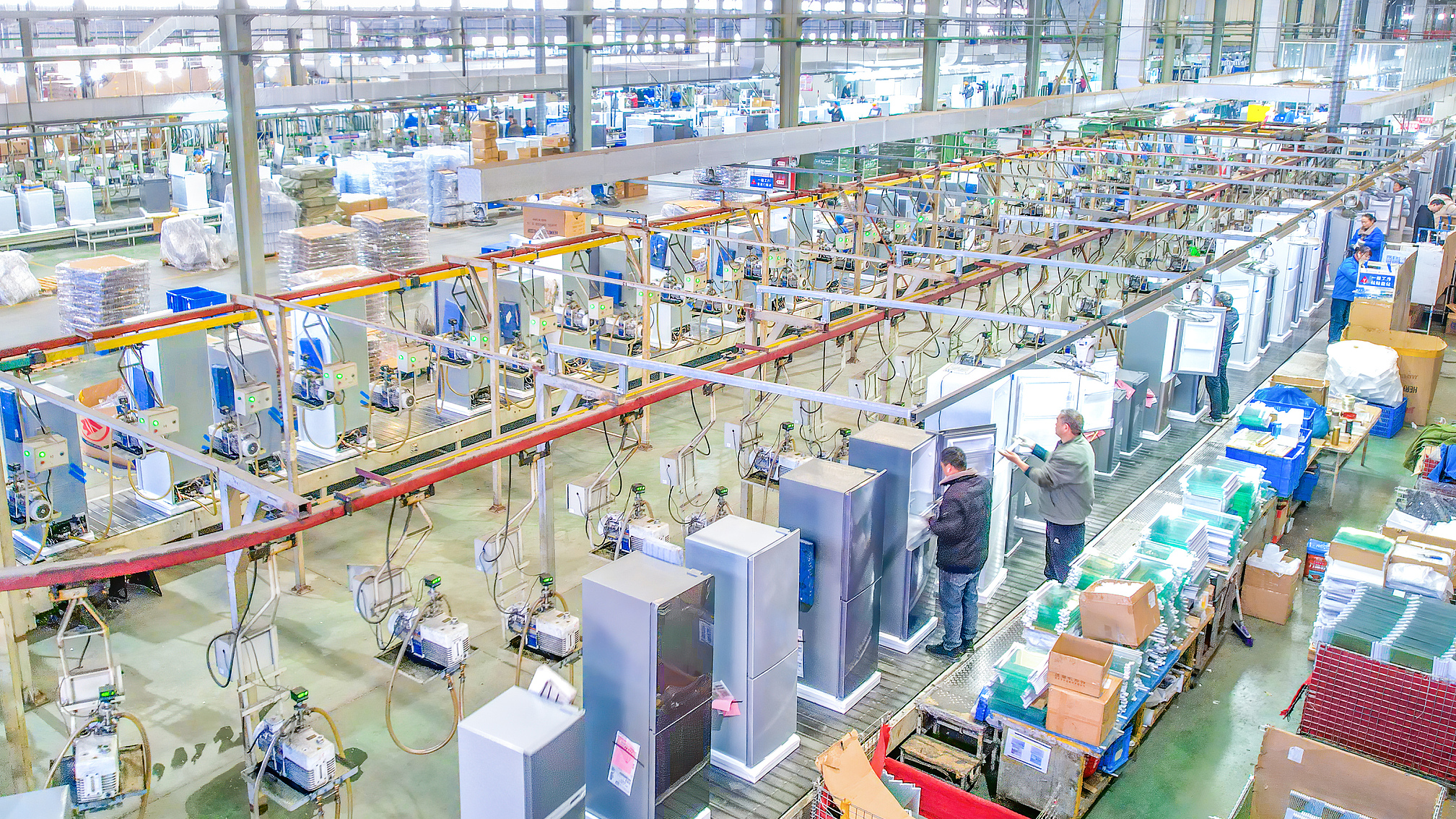China’s manufacturing power is entering a new era of high-tech transformation, as the country moves from producing basic consumer goods like toys and household items to dominating the electric vehicle (EV) and smart technology sectors. A recent report by CGTN, published on May 24, 2025, highlights the scale, speed, and automation of Chinese factories, underscoring Beijing’s ambitions to lead the next industrial revolution.
“We used to export toys — now we’re exporting electric cars, batteries, and advanced robotics,” said one factory manager in Guangdong. “The pace is unbelievable.”
This industrial evolution is not just about scale — it’s about intelligent manufacturing, AI integration, and digital platforms that optimize production in real time.
🏭 Manufacturing Megahubs
The report spotlights factories across China that demonstrate astonishing production speed and volume. In one example, a toymaker in Chenghai produces nearly 20 million units annually, shipping to over 120 countries. Yet just across the province, EV manufacturers are rolling out cars every 2 minutes, supported by robotic arms, automated warehouses, and real-time quality control systems.
China’s shift to “smart factories” — powered by 5G, big data, and cloud computing — reflects its “Made in China 2025” strategy, which aims to make the country not just the world’s factory, but the world’s most advanced and agile factory.
⚡ The EV Boom
China is now the world’s largest producer and exporter of electric vehicles, surpassing even Germany and Japan. In factories showcased by CGTN, production lines are driven by artificial intelligence and digital twins — virtual replicas that allow engineers to simulate and optimize manufacturing in real-time.
From brands like BYD, NIO, and XPeng, EVs are not only being sold domestically but are also surging into European and Southeast Asian markets, positioning China as a global leader in sustainable transport.
🤖 Robots, Data, and Human Workers
One key takeaway from the report is how automation is not replacing workers entirely, but reshaping their roles. Human employees now monitor digital dashboards, program robotic arms, and manage supply chain analytics. The emphasis is on higher-skilled labor, with government-backed training programs accelerating the transition.
“The smart factory is a human-machine partnership,” said a supervisor at an electronics plant in Shenzhen. “We are faster because we are smarter.”
🌍 Global Implications
China’s manufacturing evolution has strategic global consequences. As Western countries consider reshoring or diversifying supply chains, China is responding with efficiency, technological leadership, and market scale that are hard to match. Its infrastructure, energy policy, and centralized coordination continue to give it a competitive edge.
However, critics warn about the geopolitical risks of overdependence on Chinese supply chains, especially in strategic sectors like batteries, semiconductors, and automotive electronics.
What to Watch
- Expansion of Chinese EV exports to Europe, Southeast Asia, and Latin America
- Growth of AI-driven industrial ecosystems in tier-2 and tier-3 Chinese cities
- Responses from U.S., EU, and India to China’s high-tech manufacturing lead
- Innovation in green manufacturing, battery recycling, and energy efficiency
- Impact on global labor markets as automation transforms factory work worldwide
China’s rise from factory floor to innovation engine signals a profound shift in the global economic order. As it races ahead with smart, scalable, and sustainable production, the world must now rethink how — and where — the future of manufacturing will be made.
Source; CGTN



